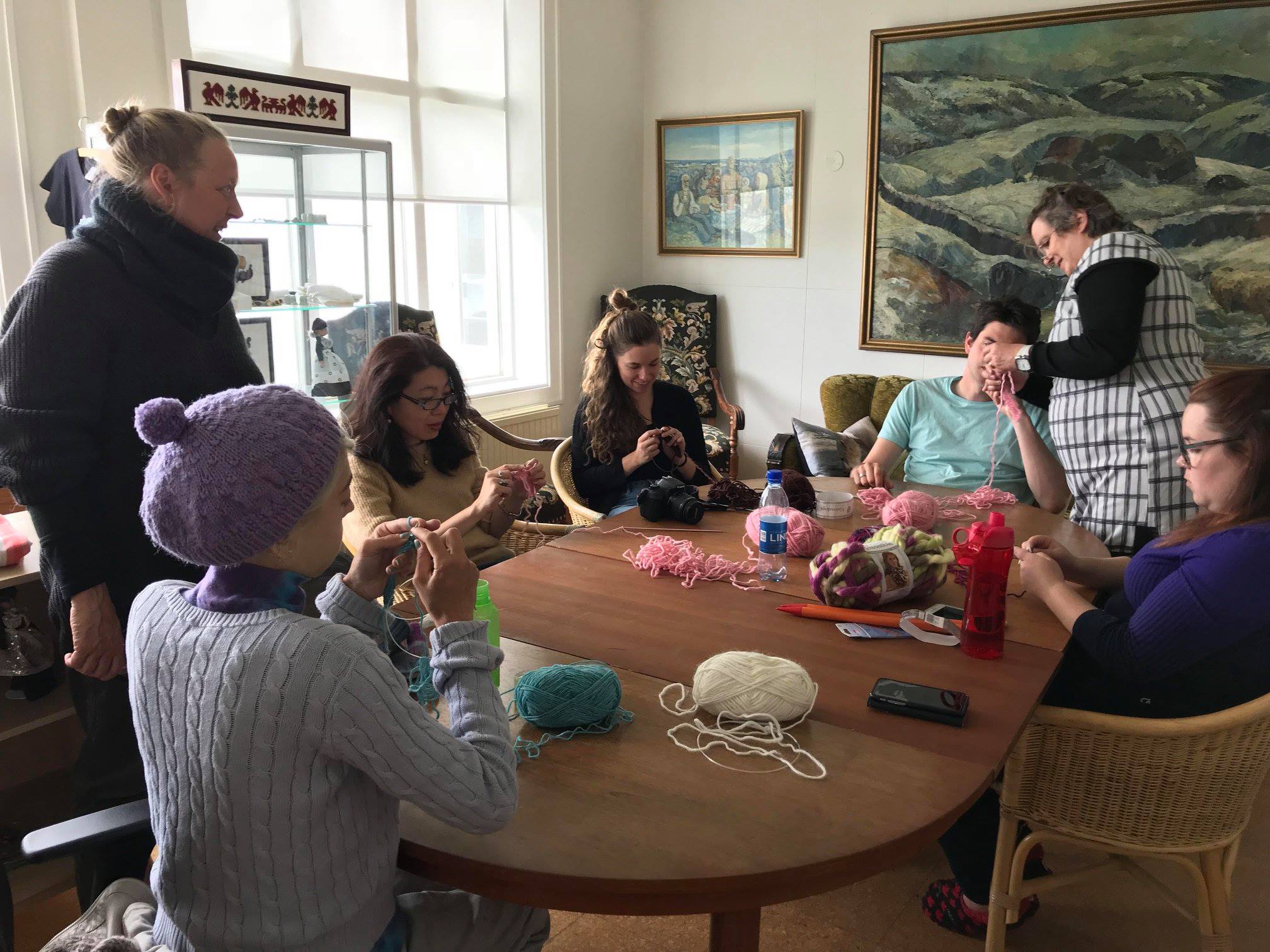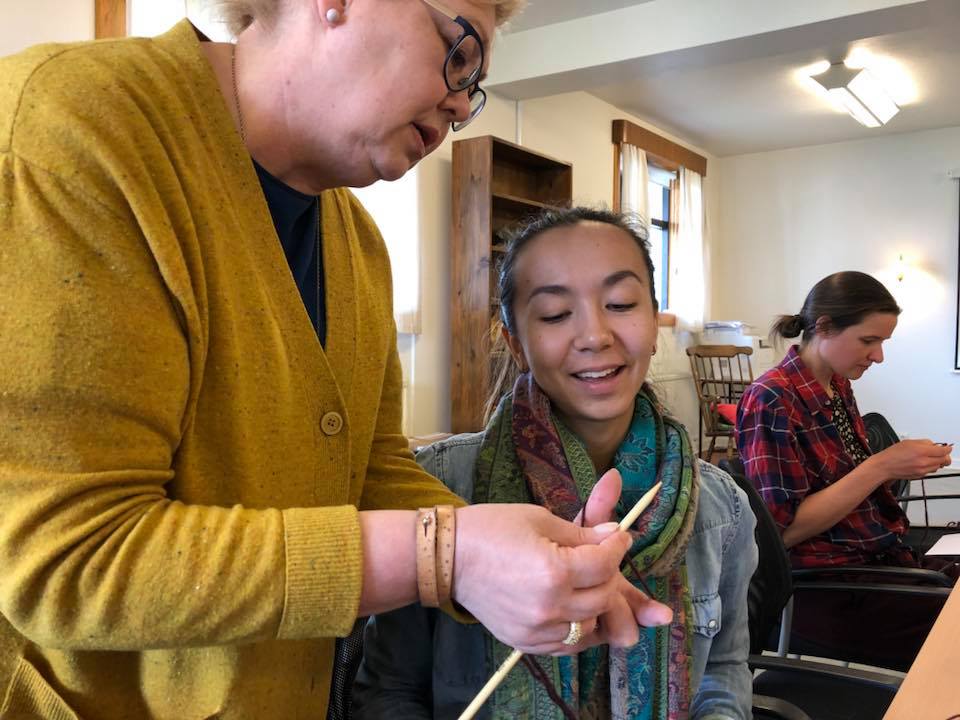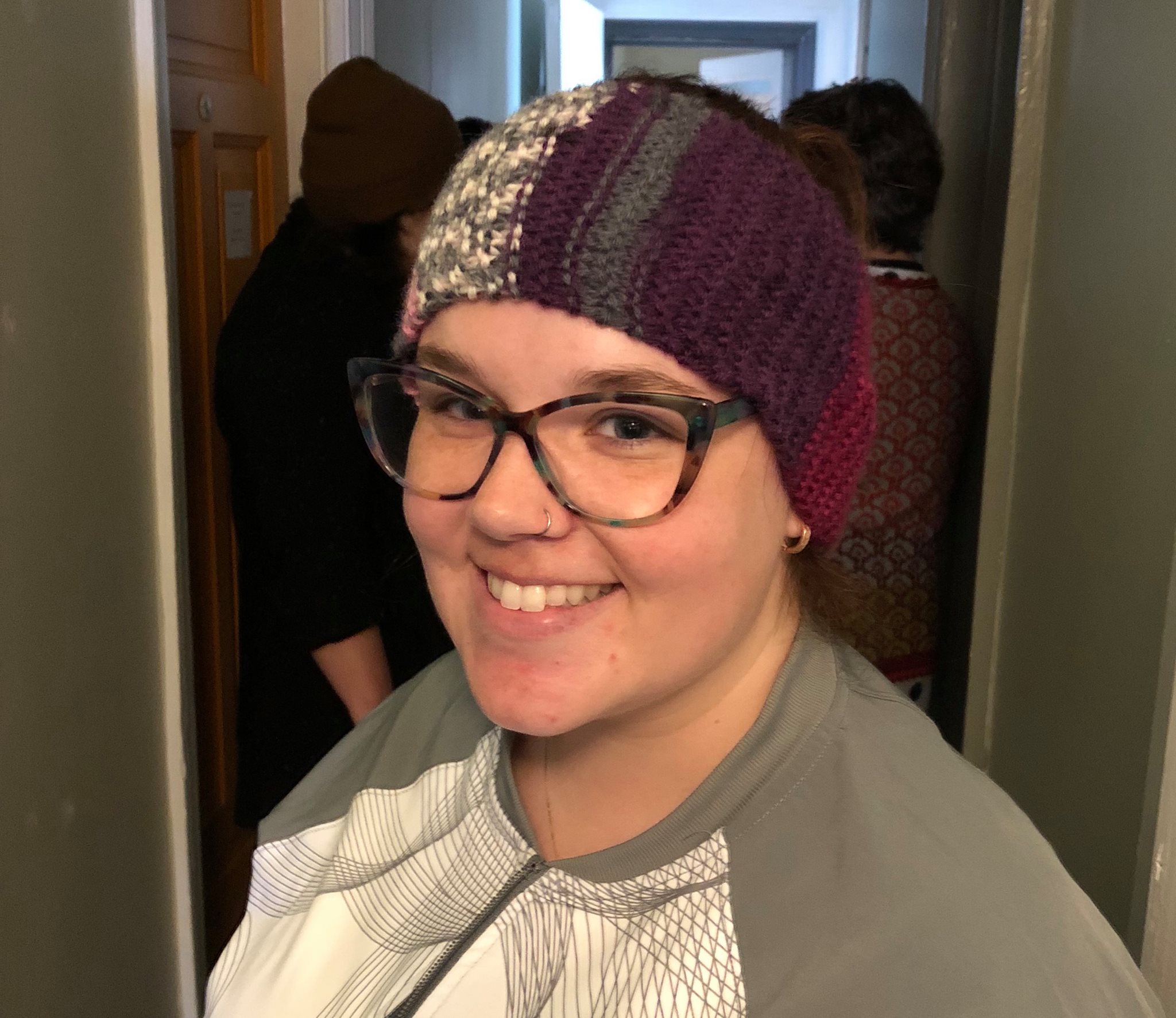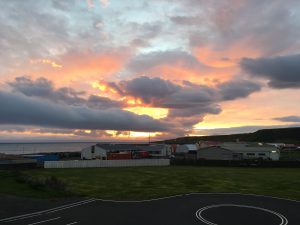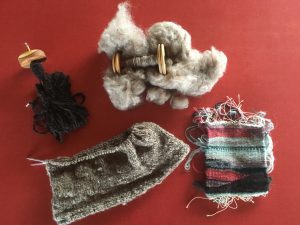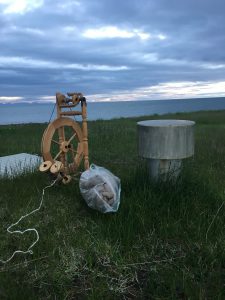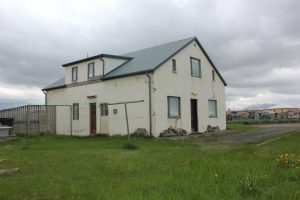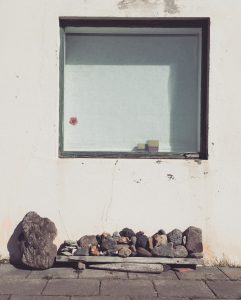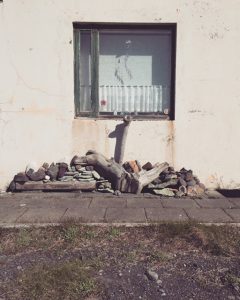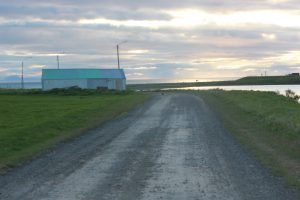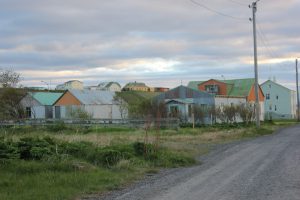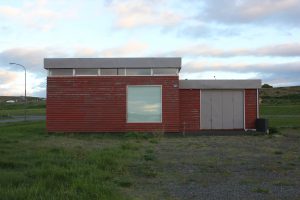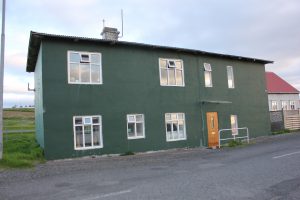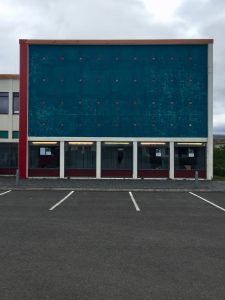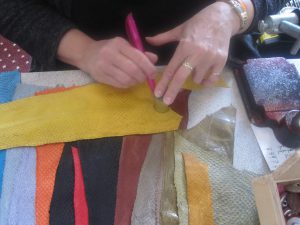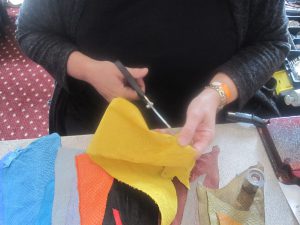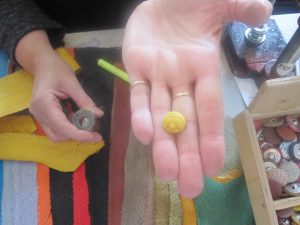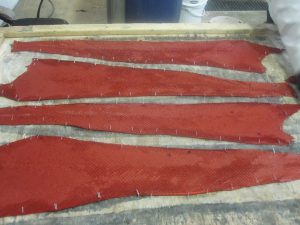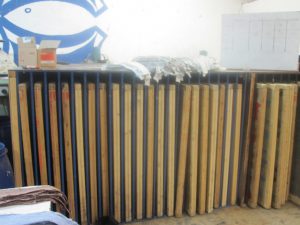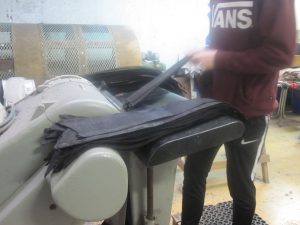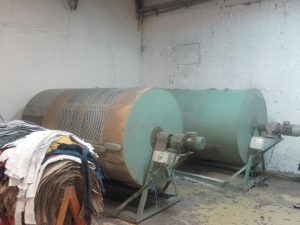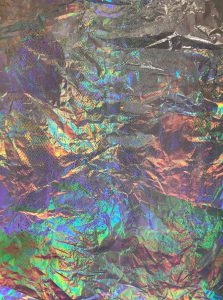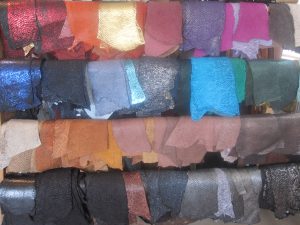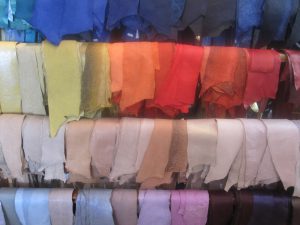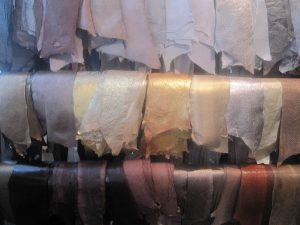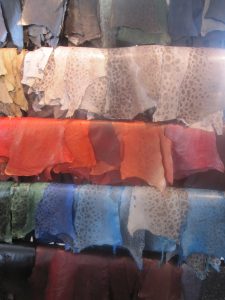“like snow buntings
over a snowfield
on a snowbound winter
like snow buntings
over a snowbound winter
on a snowfield
like a snowfield
over snow buntings
on a snowbound winter
like a snowfield
over a snowbound winter
on snow buntings
like a snowbound winter
over snow buntings
on a snowfield
like a snowbound winter”
-Sjón, an icelandic economist in soho
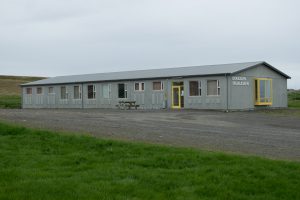
At the beginning of the past week I made my way to Blönduόs’ library and archives, located just across the Blanda river which runs next to the textile centre into the Húnafjörður bay, to seek out translated contemporary Icelandic poetry. The building itself is concrete, grey, rectangular, a single-storey with notably Icelandic-yellow trim: unassuming and with a lot of space to breath. As I entered the almost empty building I was greeted by the head librarian in Icelandic, to which I responded with a timid English “hello” betraying my foreigness. Unfortunately the library did not carry any Icelandic poetry translated to English (their English section being quite small, right next to an equally small German section). Despite this she gave me a recommendation of an Icelandic poet to look up who she said “tends to be popular with artists,” Sjón (a portion of whose poem opens this post). Though they did not have any of his poetry in Icelandic she showed me some of his novels and brought me to an occupied office which contained the library’s poetry selection. I was more than welcomed to browse—and so I did enjoying the books as visual and tactile objects.
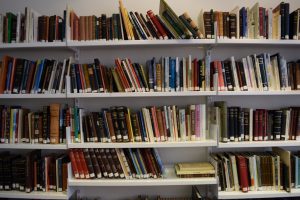
The room was occupied by the library’s archivist who noticing my English told me I would have to learn Icelandic if I wanted to read any of the books I was looking at. He then proceeded to inform me that the library does not stock much in terms of recent contemporary poetry, even in Icelandic: as the library is funded municipally, and poetry readership is low, the incentive to keep the collection up to date is not high with respect to local demands. Switching conversation topics, I asked him how long the library had been around, and while the new building has only been there for about 18 years, the town has had a library for over 100 years. He then asked me where I am from. He asked if I was aware of the emigration of Icelanders to Manitoba which took place near the end of the 19th century – something which I had partially awareness of. Coincidentally, or maybe not so much, there was a copy of a book which listed all the Icelanders who moved to the Americas from the mid-19th century to the mid-20th century next to him. Following this he mentioned how the Icelanders in Manitoba learned a lot about how to live in their settled environment from nearby First Nations Communities and that these skills were also brought back to Iceland. (I will admit here that while I looked into this statement my research is very limited and that, while it seems as though there was exchange, the situation is more complicated than that, as is usually the case. As such I am including here some related links which by no means should be seen as authoritative or definitive but simply as potential preliminary paths through, or pointed towards, this history: CBC ‘It tears at the heart’ and Icelandic Immigrants and First Nations People in Canada). He ended this line of conversation by showing me the emigration book I mentioned.
(Included in this post is a selection of verse from Sjón and Gerður Kristný, two contemporary Icelandic poets who have received acclaim. Sjón has collaborated with Björk on numerous occasions, his work being characterized at times as surreal or fantastic. Gerður Kristný has released two major books of poetry which draw heavily from Nordic mythology and poetic forms. Two other writers whose names I jotted down at the library solely on the basis of the look of the books were Gyrðir Elíasson and Ingibjörg Haraldsdóttir)
“In midsummer
the path gets blocked between our houses
the streets buried in drifts
and neither of us wants to be first
to clear the snow away
I remember you were
not fond of exerting yourself
and for my part
I have always been fond of
snow”
-Gerður Kristný, Summer Poem
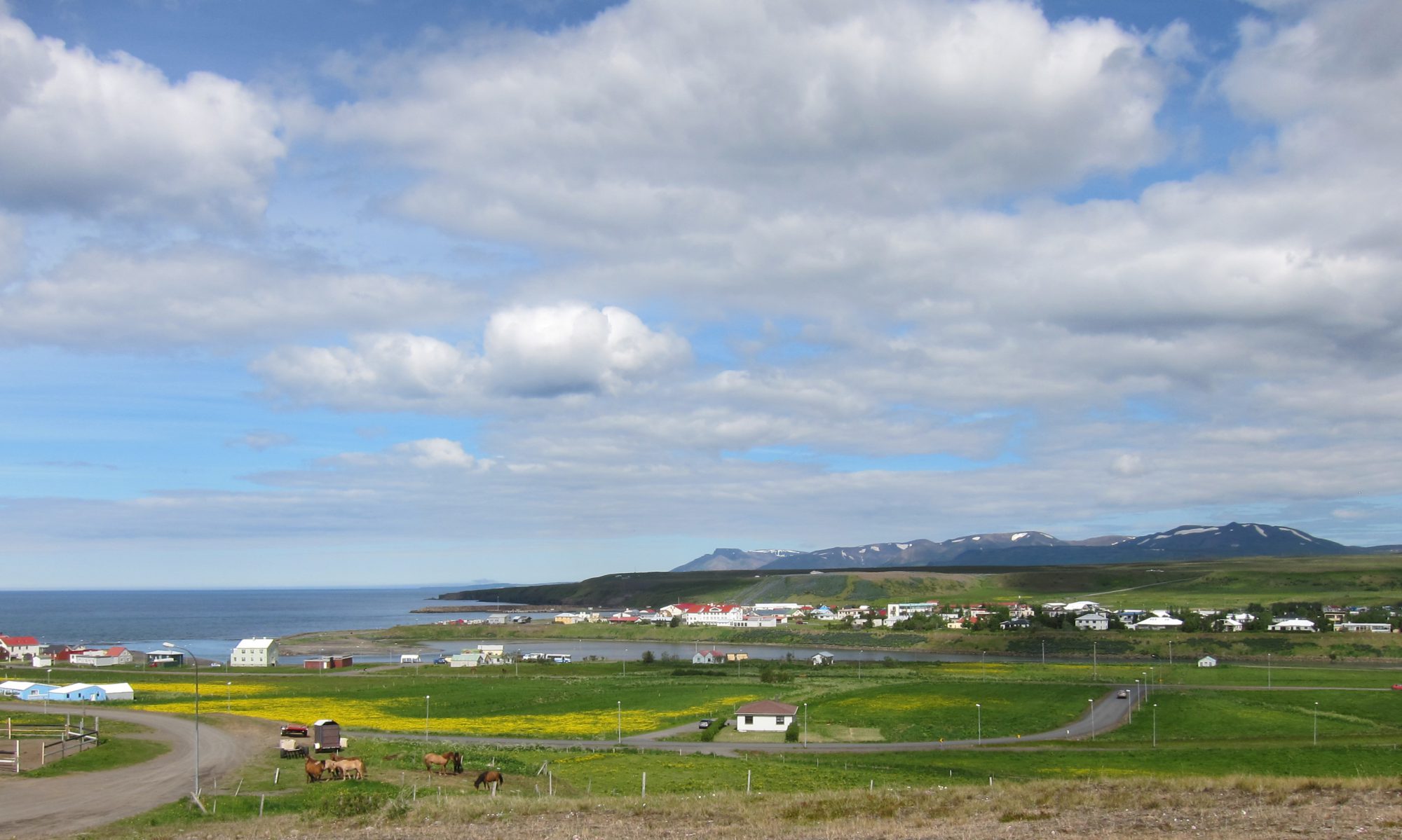
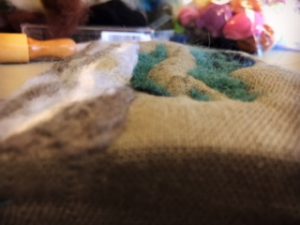

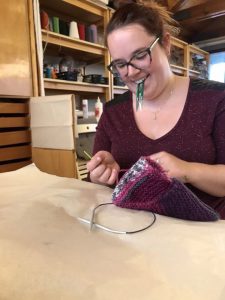
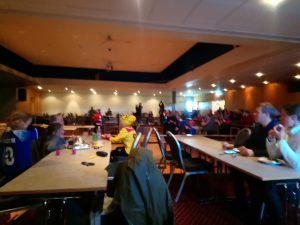
 ,000 would suggest. Iceland is a cultural powerhouse, producing world-renowned musicians such as Sigur Ros and Bjork and visual artists like Olufar Eliasson (among many, many others). One in ten have published a book, and they have a rich literary history dating back to Iceland’s settlement by the Vikings in the 9th century. Their island attracts 4.4 million tourists a year, over ten times the total population. Icelanders have many iconic churches, including the Blönduóskirkja here in Blönduós, but also have rich folklore that tells stories of elves, dwarfs, and fairies. The unlikely World Cup appearance and incredible tie with Argentina, when considering the cultural context, is continuing a long tradition Icelanders have of excelling internationally in cultural endeavors.
,000 would suggest. Iceland is a cultural powerhouse, producing world-renowned musicians such as Sigur Ros and Bjork and visual artists like Olufar Eliasson (among many, many others). One in ten have published a book, and they have a rich literary history dating back to Iceland’s settlement by the Vikings in the 9th century. Their island attracts 4.4 million tourists a year, over ten times the total population. Icelanders have many iconic churches, including the Blönduóskirkja here in Blönduós, but also have rich folklore that tells stories of elves, dwarfs, and fairies. The unlikely World Cup appearance and incredible tie with Argentina, when considering the cultural context, is continuing a long tradition Icelanders have of excelling internationally in cultural endeavors. 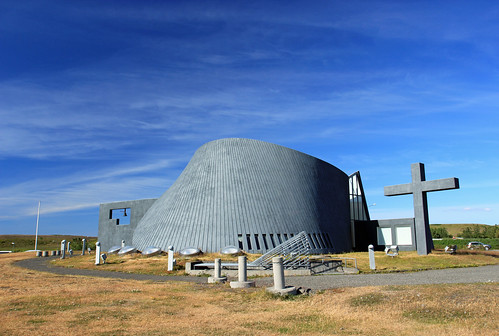


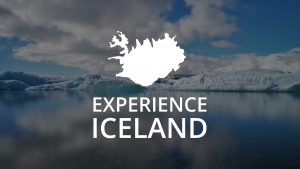 (www.icelandreview.com)
(www.icelandreview.com)